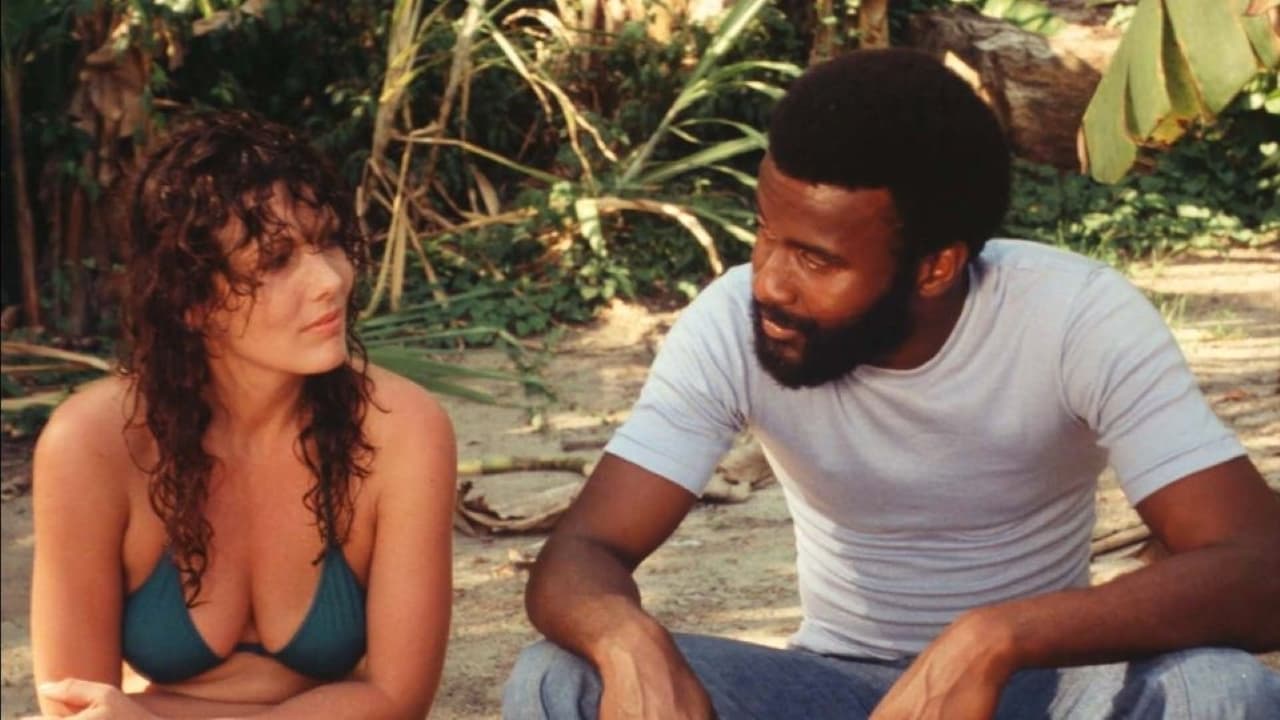

It is not easy to do justice to the film Wan Pipel, because it is so clearly an image of its time. Wan Pipel describes the declaration of Independence of the Republic of Surinam from the Netherlands in 1975. Surinam is a country with the size of Uruguay, but only several hundred-thousand inhabitants. Unlike many other freed colonies, and unlike the separation of the Dutch Indies, the route to Independence passed in joy and harmony. A significant part of the Surinam people were even somewhat disappointed, and moved to the Netherlands. The director de la Parra himself originates from Surinam, and his film is his declaration of love. It is optimistic and full of hope, expressing the feeling that the Surinam people would finally be really free. In addition, it is suggested that the deep interracial divisions (Creoles, Hindus, indians) will succumb to the strong emancipation and civil rights movements of the time. Since it is also the period of the sexual revolution, the political process is personated in the triangular relationship of the main character (a Creole) with his Dutch white and Surinam Hindu girlfriends. The result is a mixture and collision of politics, generations and social and racial conflicts, all exploding into a cry for liberation. Being a part of that period (I had just become a student) it excites old emotions. Even though I did not see the film, its title impressed me at the time. Having now finally seen Wan Pipel, I must praise its sketch of the indigenous social relations and the many scenic film shots. At the same time, the film never gives me a feeling of personal recognition. It mainly evokes perturbation because of the primitive manners in the pertinent families and the Surinam society as a whole. At various instances the characters show signs of lack of confidence and even despair. When the main character finally prefers his Hindu girlfriend, it seems mainly a gut feeling that might vaporize the next day. And in fact the feelings of hope and optimism, which still dominate Wan Pipel, were denied within a decade, when a local army sergeant (Desi Bouterse) seized power and in passing murdered several dignitaries. Since then Surinam has become a banana republic, similar to so many other liberated colonies. In retrospect I am tempted to give Wan Pipel the label of naivety, lightheartedness and even shallowness. This style was absent in de la Parra's earlier film "De minder gelukkige terugkeer van Joszef Katus naar het land van Rembrandt", which followed the footsteps of Godard. Perhaps I was right to ignore Wan Pipel upon release, but then again, this verdict may be too harsh. So my advise will be: judge for yourself. If you like social films, consider seeing my other reviews.
... View MoreThis film tells the story of a relationship between a Black student (Borger Breeveld) visiting his home country of Suriname and a Hindustani nurse (Diana Gangaram Panday). Their parents don't agree with the relationship. Eventually things get so out of hand that the absurd but in Suriname also coldly logical situation is reached that the Black and the Indian fathers conspire to force the two apart. One of the strengths of the movie is that there is a second layer to it in the relationship between Breeveld's character and the girlfriend he keeps in the Netherlands. Not only he has to defend his choice for a Hindustani girl, he also has to choose between that (Surinamese) girl and the Dutch girl. This is probably meant as symbolic for the diaspora many Surinamers live in.A second viewing reveals some nice details. For instance, in the beginning of the movie, Breeveld's character takes a cab from the airport to the city. The cab driver is Hindustani and Indian music sounds through his radio. Later on, in the montage where Breeveld enjoys a walk through his home town (great music by Lieve Hugo) we see shots of a Hindu mandir (temple) and a Bollywood movie poster. The director has introduced the presence of Indian culture throughout Surinamese society, as a non-dominant but all-permeating influence. This sets up the tensions that follow nicely.The movie has a great soundtrack of nostalgic Surinamese music and some great shots of Suriname's interior! The shots of Willeke van Ammelrooy in the guest house with the shadows of the blinds across her nightgown look suspiciously like the famous shots of Kim Basinger in 9 1/2 Weeks (made some ten years later).Great acting by the supporting characters like the fathers of the boy and the girl, and Ruud Mungroo as Breeveld's character's friend, a quintessential hustler.The movie was made in 1974 but has aged well, especially in it's critique of Surinamese society.This is one of the movies made in the seventies by director Pim de la Parra and producer Wim Verstappen, also known as "Pim and Wim". Director of photography Marc Felperlaan went on to do most of Dick Maas's films. If i'm correct you can also spot Theo van de Sande on the credits, as a second unit dp or something. He went on to shoot stuff like "Blade" in the States.The movie created an ugly backlash after it's initial release, with Hindustani's condemning Diana Gangaram Panday's performance, resulting in harassment and stuff like that.
... View More